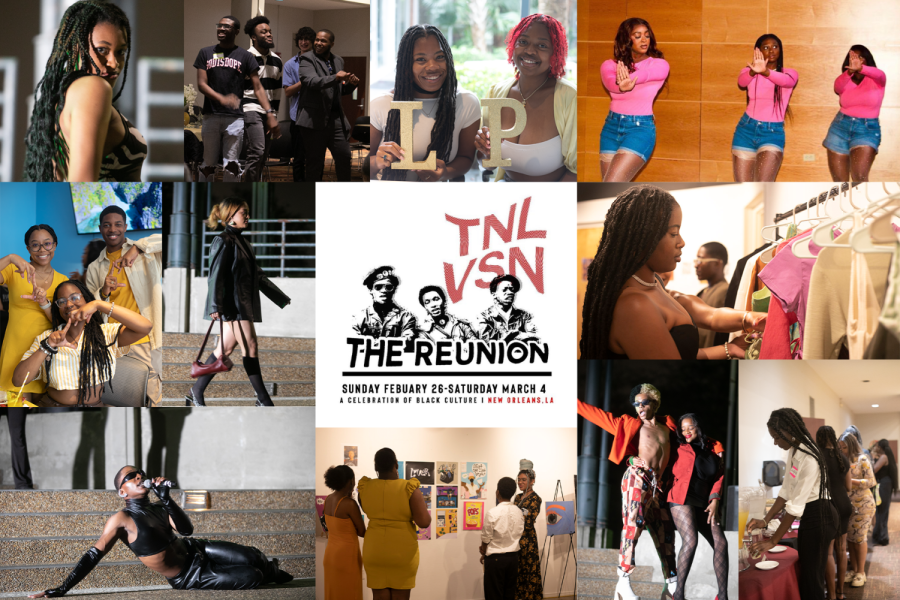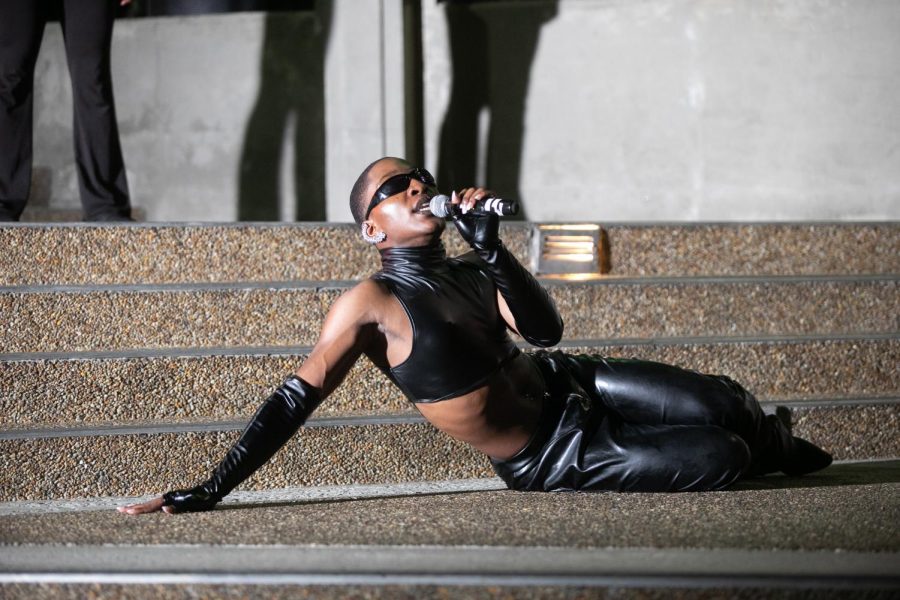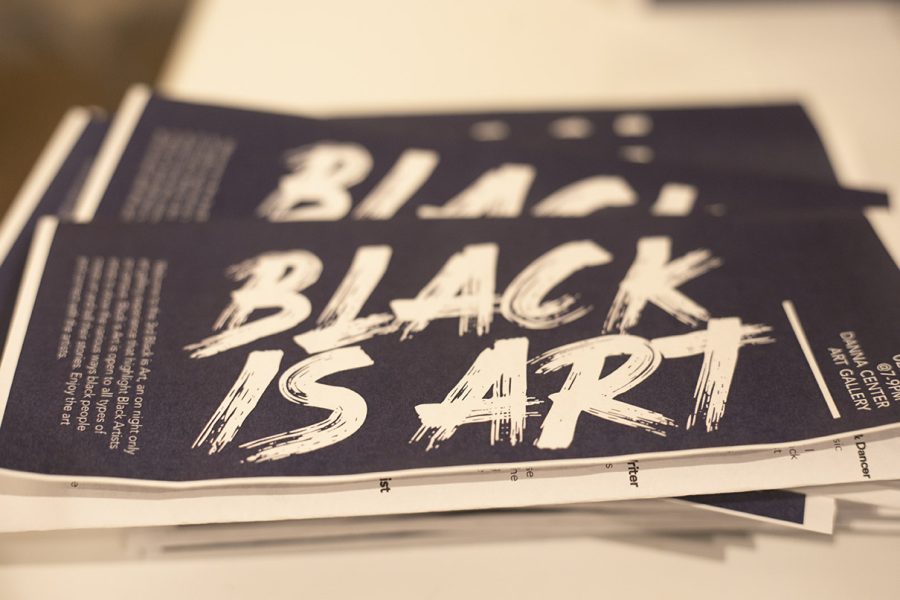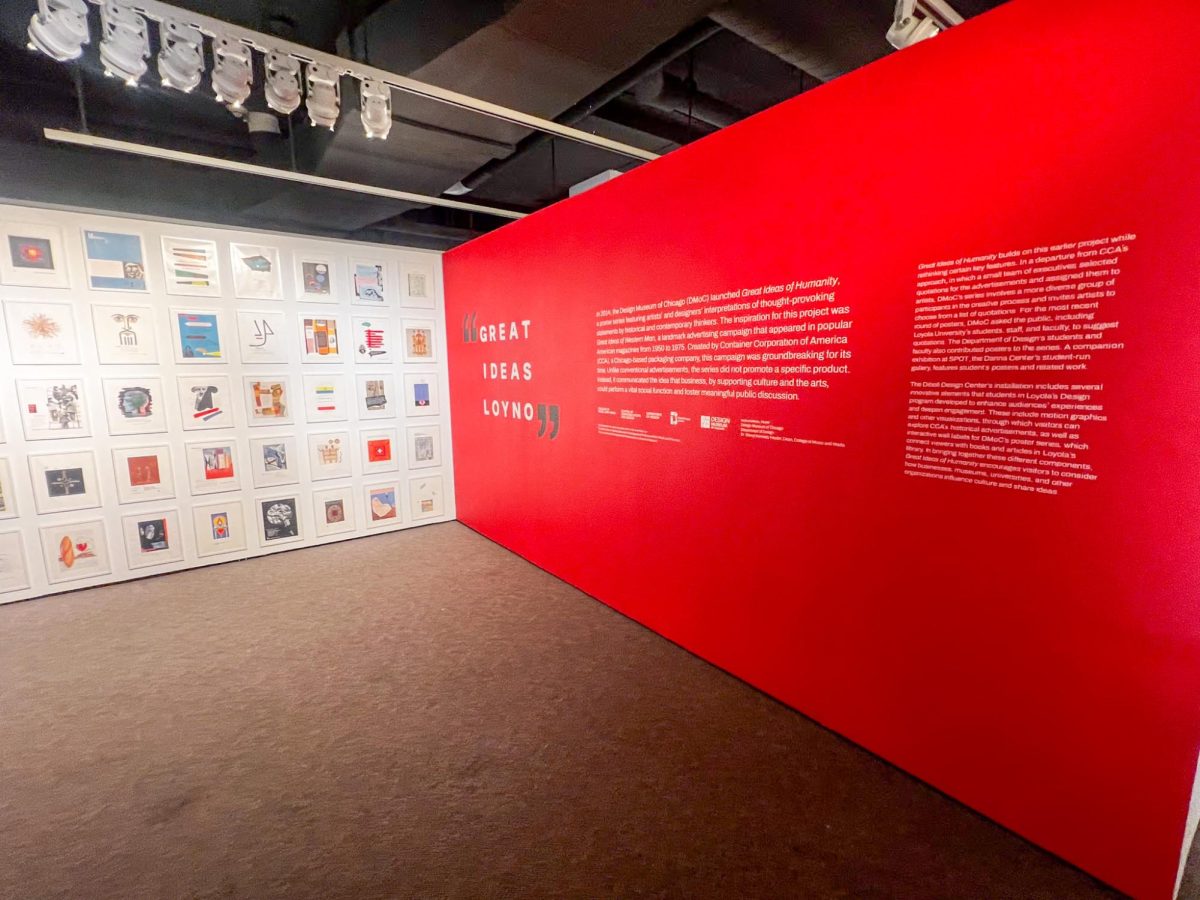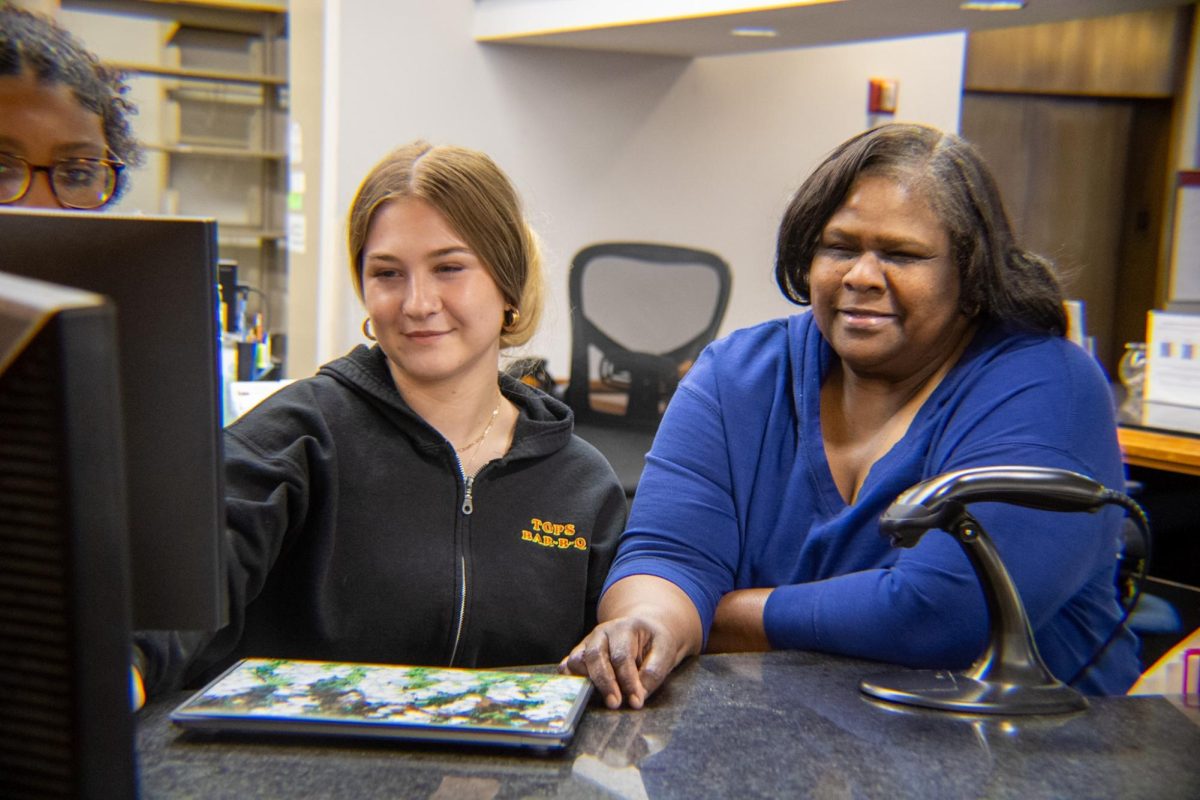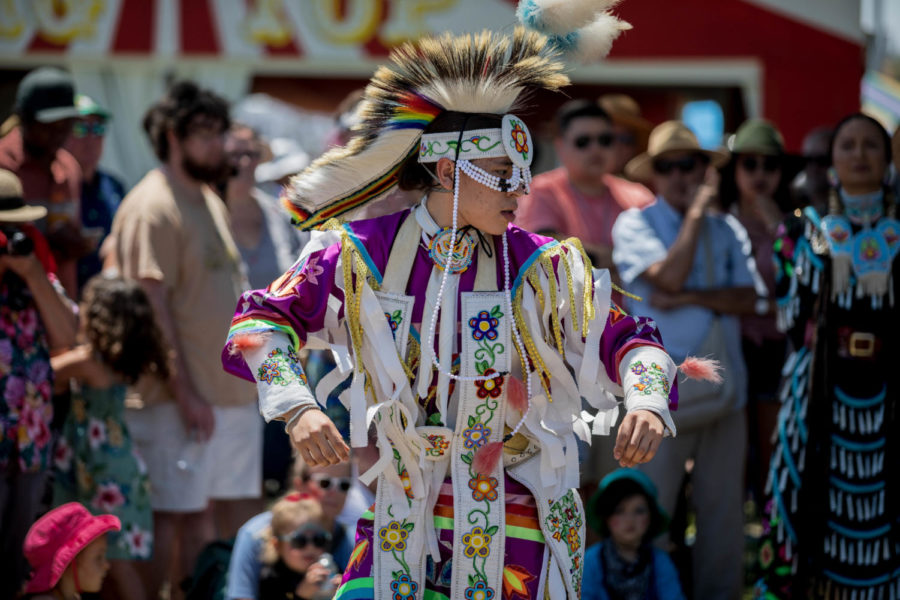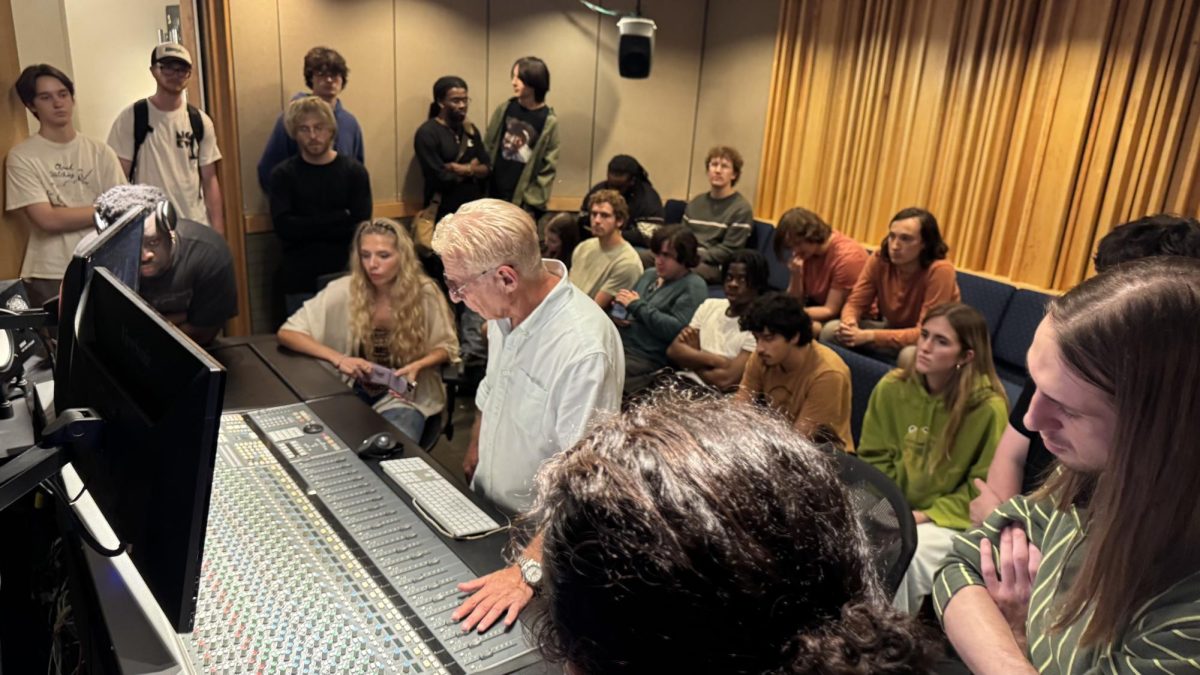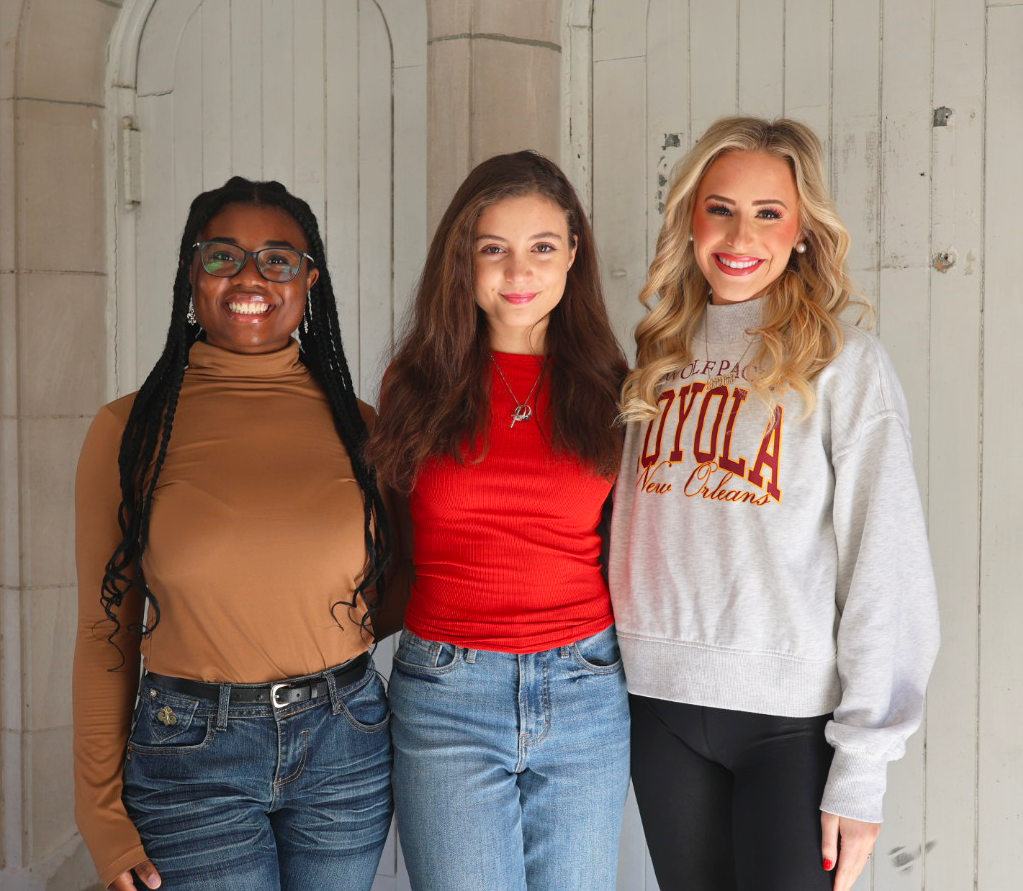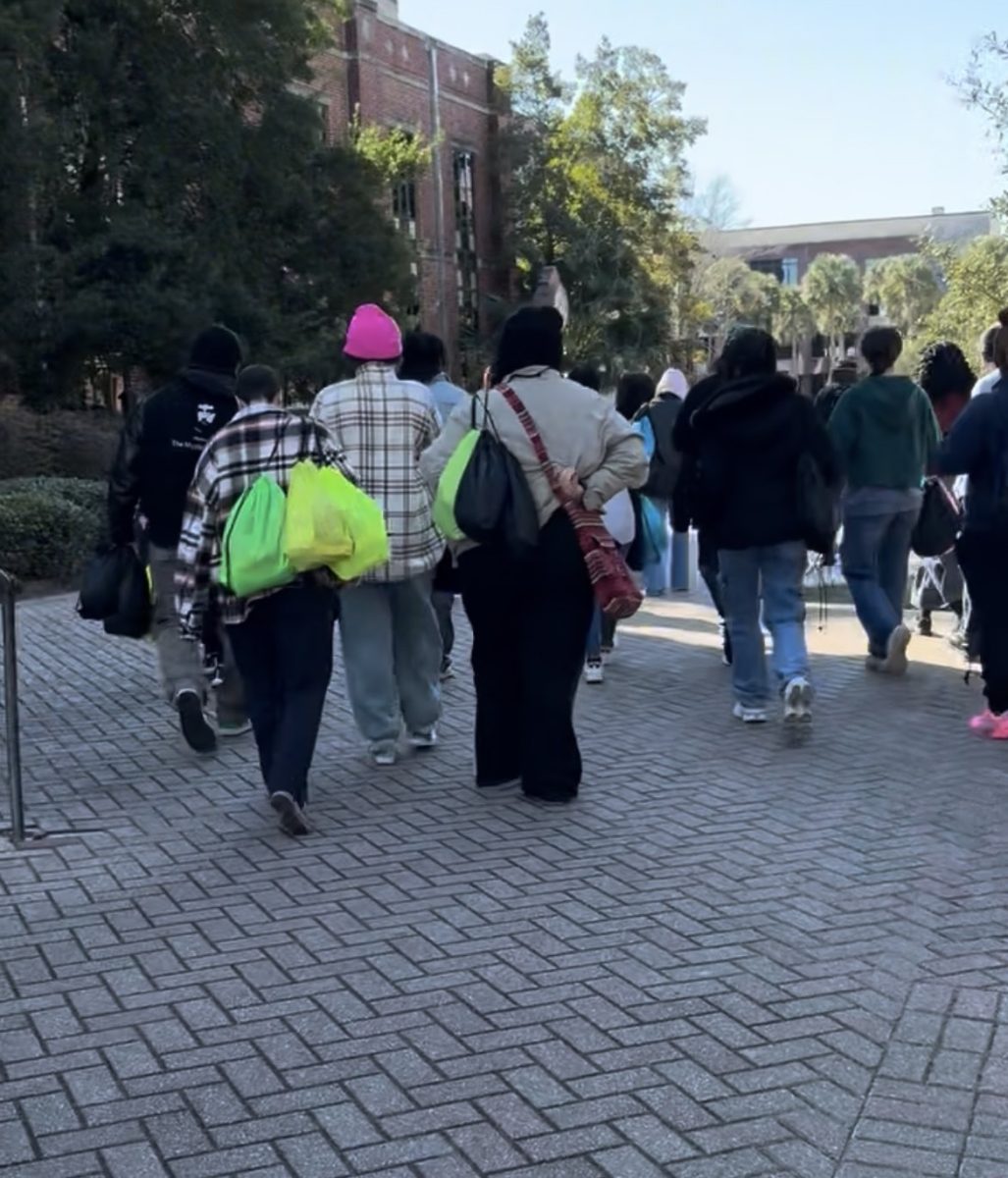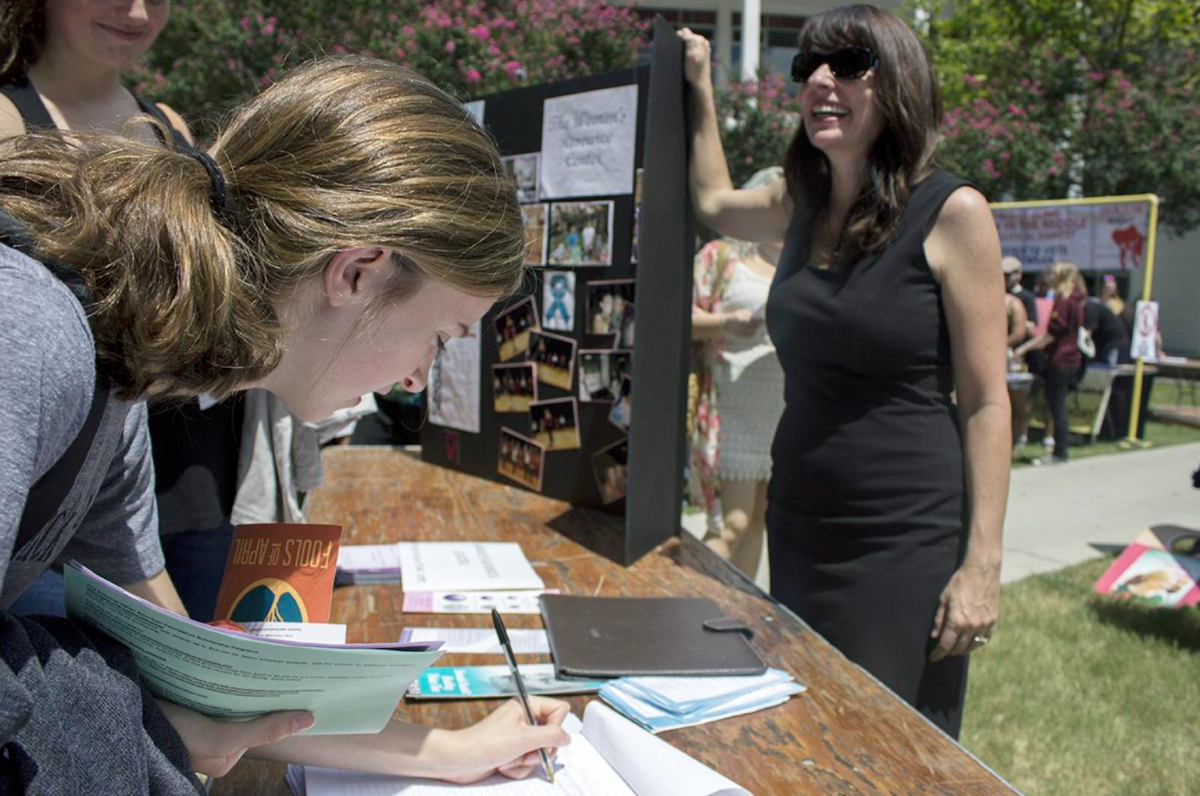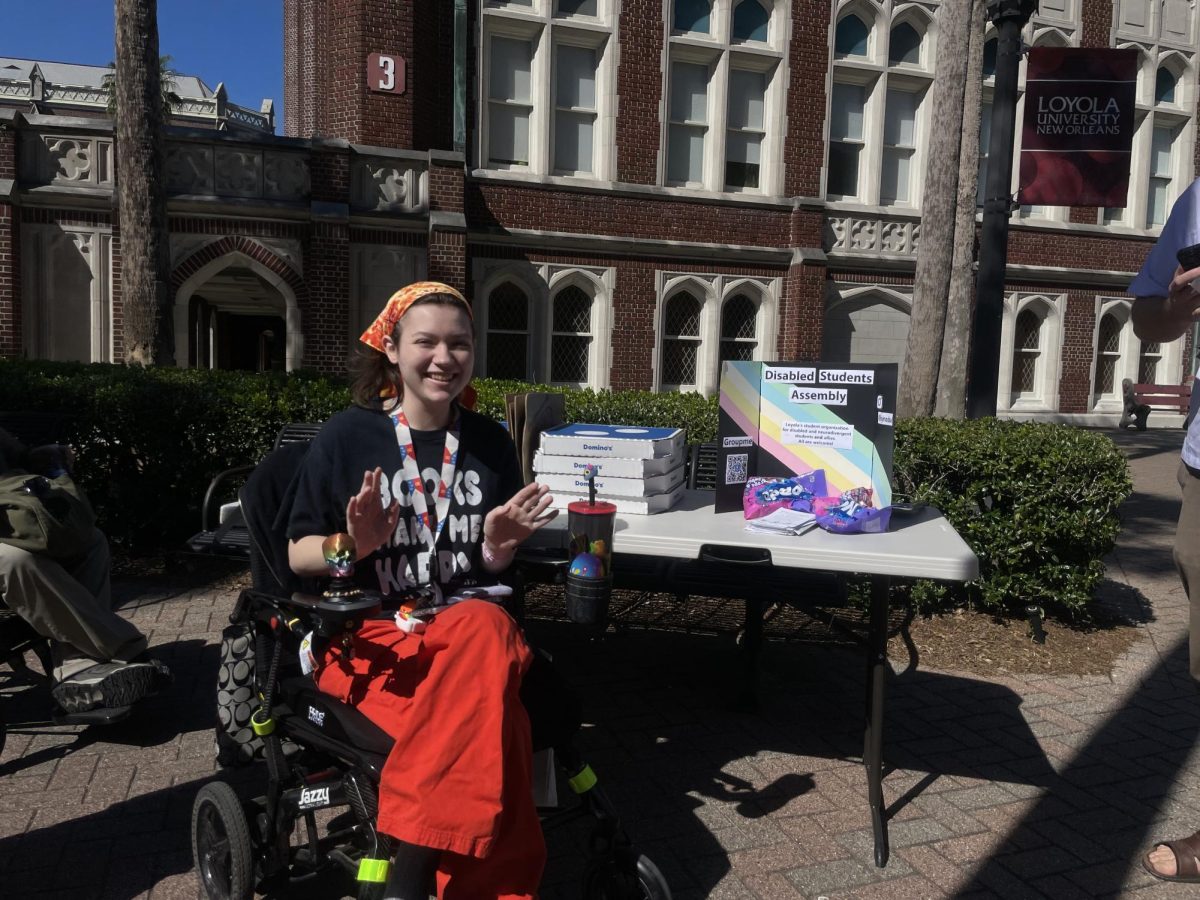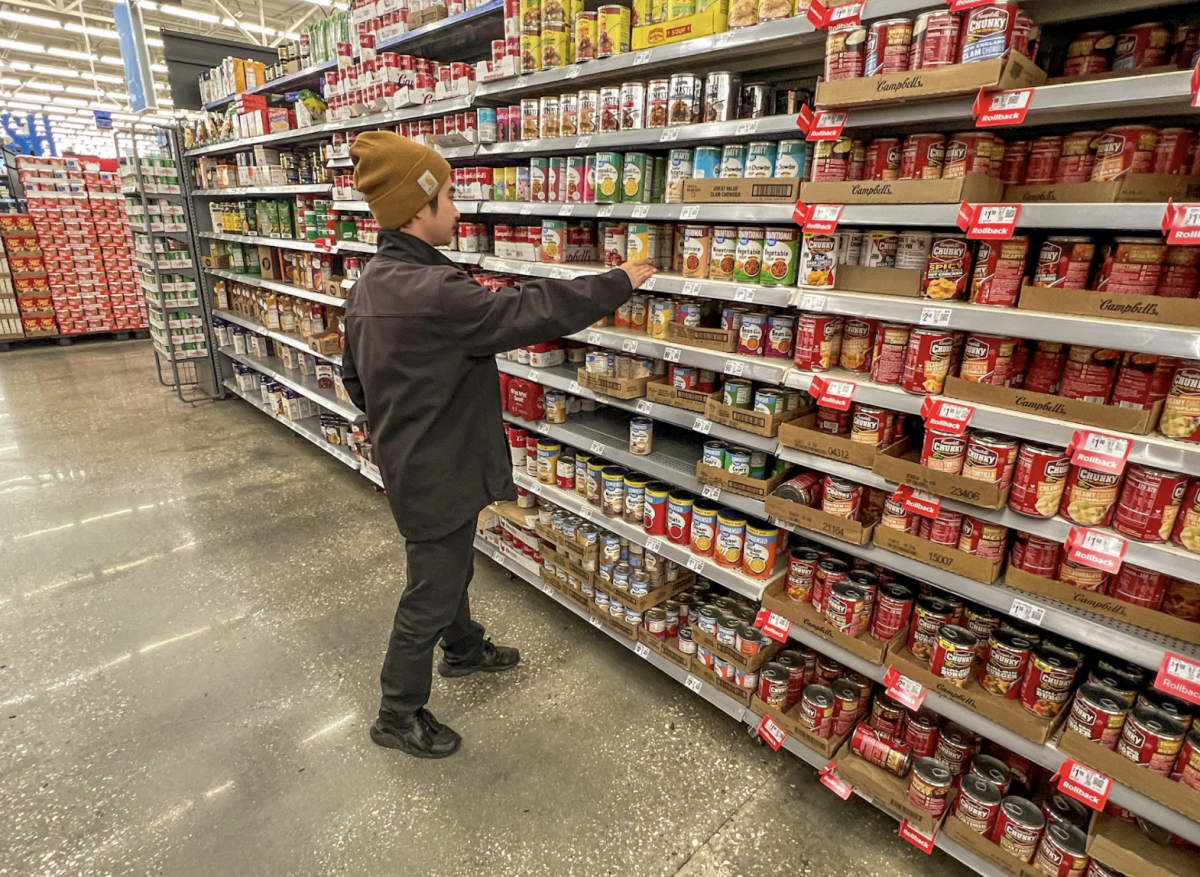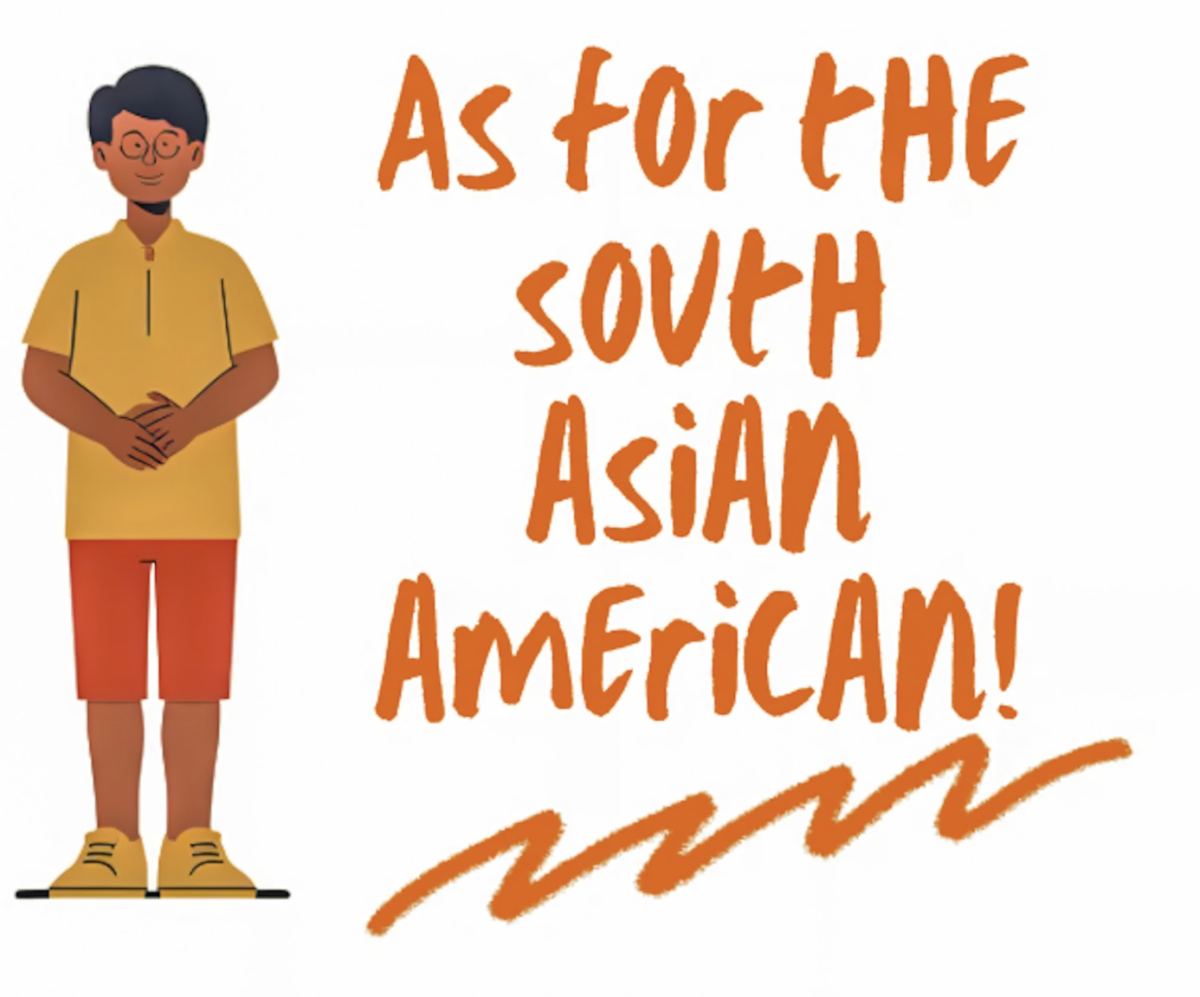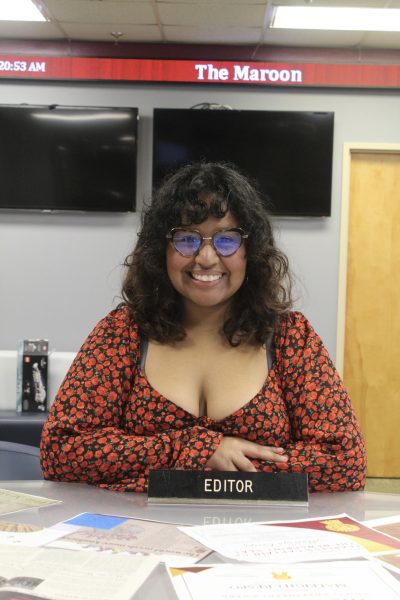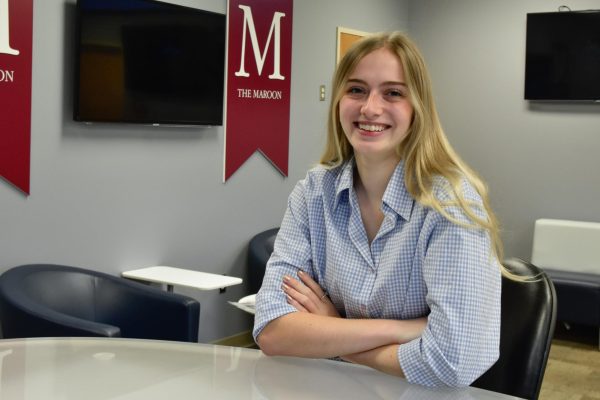Psychology sophomore Morgan Love said she feels Black spaces are limited being a Black student at Loyola, a predominantly white institution.
“It is extremely important and vital to cater to our students, our Black students,” she said.
This is the mission that seniors Robert Morrison III and Destiny Sanders had when they set out to create the week-long series event titled, The Reunion, held Feb. 28 through March 4 to celebrate Black culture.
“It’s really special to see all of these different groups of Black people at Loyola, coming together to share excitement and joy about each other’s accomplishments, creativity, beauty, and just all the different ways that Black people can exist,” mass communication senior Tori Hardy said.
Sanders said they wanted to highlight Black history & culture at Loyola because even as a PWI, it’s incredibly diverse compared to other small colleges.
“We have a lot of minorities on campus. And it’s very evident,” she said.
After getting their start in creating Black experiences through the Student Government Association, Morrison and Sanders said they realized they needed to create spaces for the Black community outside of SGA.
“We wanted to amplify the Black experience through organizations that have worked really hard on this campus to create space for themselves,” Morrison said.
The seven-day project had ten events hosted by different Black student organizations, including the Black Student Union, National Pan-Hellenic Council, Lemon Pepper, A La Mode, L.O.V.E., Caribbean and African Student Association, and the Loyola chapter of the National Association for the Advancement of Colored People.
History senior and Lemon Pepper director of operations Faith Hogg said that a lot of times in the world, in society, and sometimes, on our campus, it can feel like Black voices are often overlooked.
Three years ago, Hogg started the one-night-only art exhibit and showcase “BLACK IS ART” to highlight Black artists on campus. This year, the event was hosted under the collection of events in The Reunion.
“It’s something that highlights Black artists, but it’s a space that is welcome and open to everybody,” Hogg said. “You can experience their world and hear their voices and give agency to Black people, but it’s for everybody to experience.”
Neuroscience sophomore Ashleigh Laws said having Black spaces on campus is important because you know that when someone’s coming to support you, they’re coming to support you, and not just because you’re in a white space that you’re allowed to be in.
One of the numerous events hosted in The Reunion was an R&B paint ‘n’ sip hosted by L.OV.E. Morrison said it felt like Black excellence flowing all around, which was beautiful to witness.
“It just really made me feel like we are doing something special with this,” he said.
L.OV.E., which stands for Living Our Vision Everyday, is chartered under The National Association for Colored Women’s Clubs. Hardy, who serves as L.OV.E.’s president said, “We create an opportunity for Black women to come together and to be themselves.”
It’s a beautiful organization that supports Black women on campus, but it doesn’t get the traction it deserves, Morrison said. So one of the main pillars of the event was to amplify those organizations, he said.
Vice president of the office of equity and inclusion Kedrick Perry said it’s always important to have these events as a way for students to share their culture and experiences with each other.
“This is how we build bonds, build inclusion, and create a sense of belongingness,” he said.
Loyola’s NPHC hosted a stroll-off, which is a competitive strolling event. For many historically Black sororities and fraternities, strolling is a cultural tradition of group dancing, created to promote unity and power.
“We had a ton of people from Panhel, the National Panhellenic Conference, and IFC, the Interfraternity Council, come and support us at the stroll off, which just touched me because they’re not a part of NPHC, but just taking the time to come and support us and learn more about organizations really matters,” Sanders said.
Sanders also pointed out that hosting these events not only creates safe spaces for people of color, but also for non-BIPOC students to use as a learning opportunity.
“We wanted the week to be fun, of course, but we also wanted it to be intentional and educational, as well,” she said.
Sanders said she gets emotional when she sees how students are being reached in ways she never thought by just having representation.
“You realize that things you’re doing are bigger than yourself,” she said.
As for the future of the event, Sanders said she hopes it continues throughout the years to come as something that is hosted during Black History Month and organized by different Black student organizations.
Morrison said the committee had underclassmen shadow upperclassmen throughout the entire process to ensure that as people moved on, there would be students ready to fill the empty roles.
“This year was the building block, but the goal for future years is creating a larger noise around the week of events and getting a bigger turnout,” Morrison said.
Perry said the Office of Equity and Inclusion is proud to take on whatever role will be most beneficial to The Reunion in the future, but its fate is ultimately up to the students.
“This is what the school needs: to serve all of the students and to ensure that we all feel welcome and can enjoy ourselves,” Morrison said.
Sanders said she will never forget the countless students who came up to her, who said they felt like they had a space on campus to be their authentic selves and where they could showcase their Blackness, even if it was just for a week.


